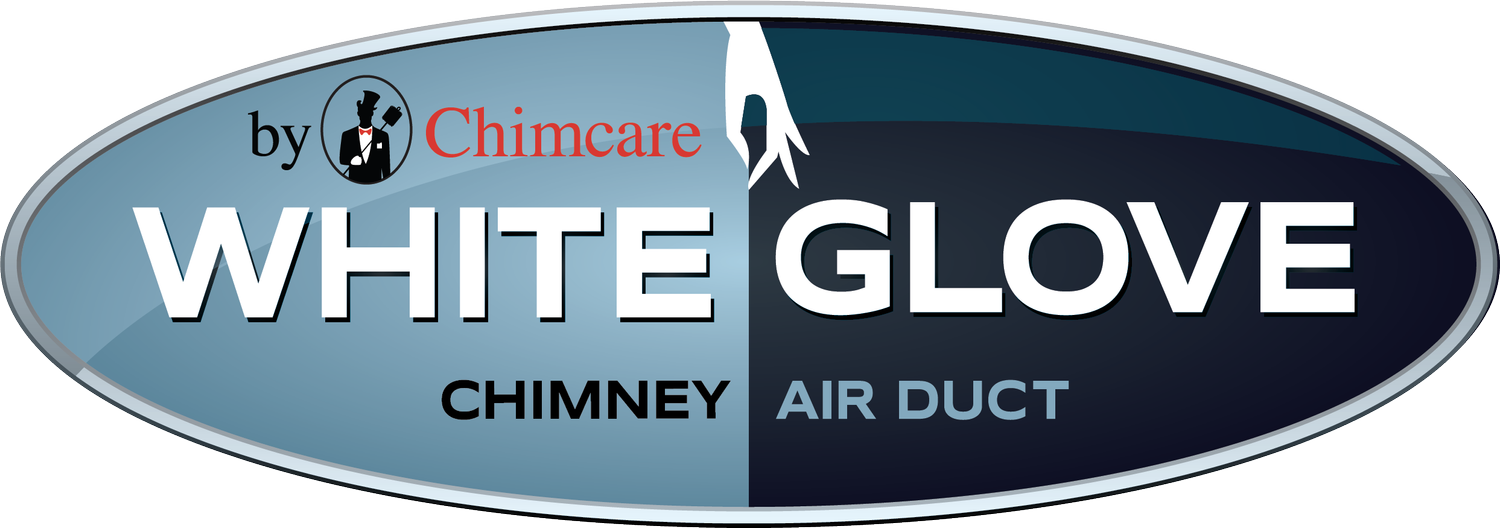How to Avoid Chimney Related Carbon Monoxide Hazards
Carbon monoxide, also known as the “silent killer”, is a very dangerous problem facing many homeowners today. According to statistics compiled by the U.S. Consumer Product Safety Commission, over 200 people across the nation are known to die each year from carbon monoxide poisoning caused by problems in the venting – out of their homes – of toxic gases produced by their heating systems. Other agencies estimate actual numbers at between 2,000 and 4,000. Although these numbers are scary, with education and prevention, carbon monoxide poisoning can be avoided.
What is Carbon Monoxide
First of all, it is critical to understand what carbon monoxide is and where it comes from. Carbon monoxide is a colorless, odorless, and tasteless gas that is produced by burning a fuel such as natural gas, wood, oil, kerosene, or charcoal. It is a byproduct of combustion. The less complete the burning (combustion), the more carbon monoxide is generated. So, carbon monoxide often occurs in chimneys and venting systems that are not operating properly. A damaged or blocked flue liner is a common cause of carbon monoxide not venting properly and building up inside the home.
Why It’s Called the “Silent Killer”
Carbon monoxide is nicknamed the “silent killer” because many people don’t know they are being poisoned. Not only is it colorless, odorless, and tasteless, but the symptoms of carbon monoxide poisoning are similar to the flu. Those suffering from carbon monoxide poisoning often experience headaches, fatigue, shortness of breath, nausea, dizziness, vomiting, disorientation, and loss of consciousness. The one flu-like symptom that is missing is fever, which could help in identifying poisoning before it’s too late. Those that experience low-level carbon monoxide poisoning over an extended period of time can cause significant and permanent damage to their organs and brain. High levels of carbon monoxide will cause death.
How to Prevent It
Preventing carbon monoxide from getting into your home is key. It is critical that you have your chimney and venting systems inspected each year to check for improperly functioning components and blockages. A Certified professional will be able to fix the parts of your system that could potentially cause exhaust fumes to seep back into your home. Another important device to add to your home is a carbon monoxide detector. Although this will not prevent carbon monoxide from entering your home, it will make you aware of its presence. When shopping for a carbon monoxide detector, make sure it meets the stringent requirements of Underwriters Laboratories (UL) or the International Approval Service (IAS).
The cost of an annual inspection by a CSIA Certified Chimney Sweep seems minimal when compared to the life-threatening risks associated with an ill-maintained chimney or venting system. If you haven’t had your chimney inspected yet this year or think there may be a problem with your chimney, give us a call today to set up an appointment.
